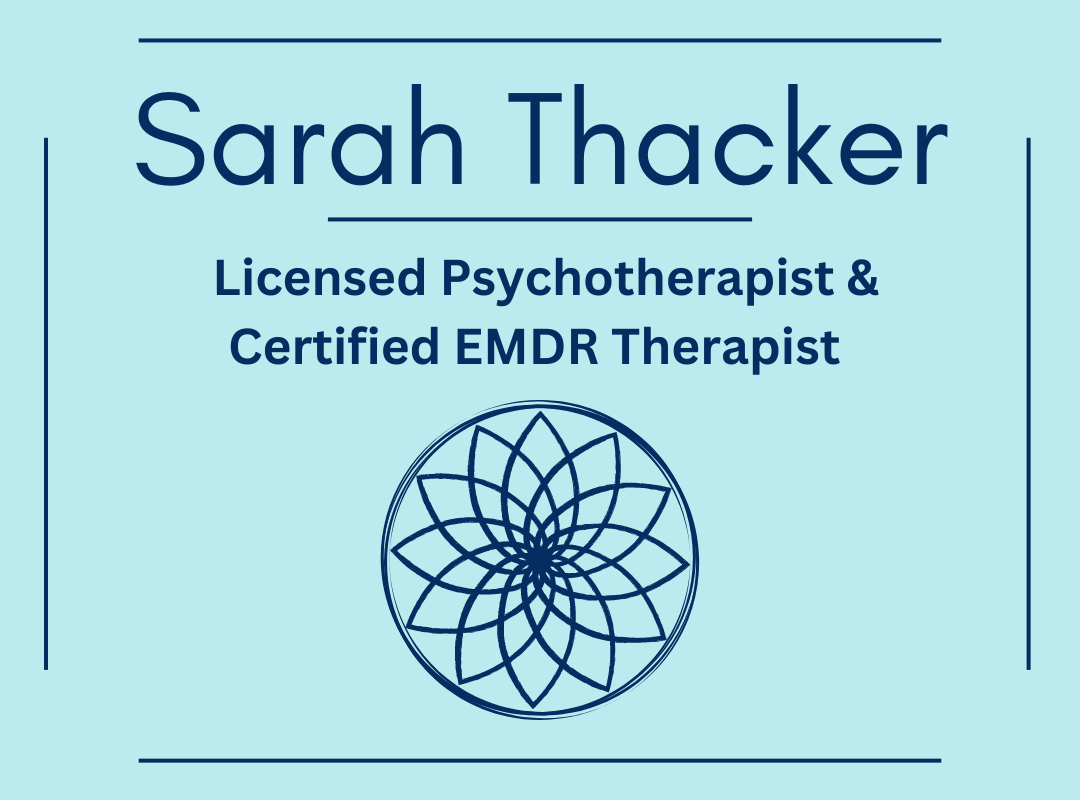Fall has arrived. It is evident in the cooler temperatures, shorter daylight hours and the apple trees heavy with ripening fruit. This has been one of the most unusual summers, and if you are like most of us, you might have gotten away from some of the healthy practices that support your mind and body for the better.
A new season delivers an opportunity to renew your energy to live your best life with a new hope and a new sense of focus. The five following practices will allow you to return with ease and grace back into routines that support your wellbeing in mind, body and spirit. These practices are drawn from the foundations of wellness that create and sustain your overall health and wellbeing.
1. Meal Planning + Preparation
If you enjoyed your share of outdoor dining and takeout this summer that afforded you some semblance of normalcy, you might be ready to get back into a routine of cooking more at home. If you have a busy day it can be hard to decide what’s for dinner and you may not have the energy to cook. However, if you plan and prep ahead of time it’s one less decision you have to make.
The process of dedicating time and energy to cooking is much easier when you have a plan—and then a plan for how that plan will get implemented! Beginning with meal planning for the week on a calendar, and then determining what can be prepped in advance saves you a ton of time and energy when it comes to the actual mealtime. Soups, salads and stir fry’s can be easily prepped so you can cook once and have easy meals to put together all week long. Veggies and fruits can be washed and prepped so they are easy to grab and go. Check out my resources page HERE for some further inspiration.
2. Morning Intention Setting + Gratitude
If the summer zapped your morning routine, now is a great time to reevaluate and ignite a new one. A morning routine allows you to set up your day in an intentional and meaningful way. The simple practice of asking yourself, “how do I want to feel today?” can significantly impact your mood, your perspective and your continued focus for your day. When setting your intentions for the day, you begin with asking yourself that simple question, “how do I want to feel today?” Write down three feelings you’d like to experience throughout your day today. Then ask yourself, “what ACTION do a need to take to create these feelings?” These feelings are not necessarily going to create themselves, however, you can intentionally create them by taking the action steps that you know will help you feel how you want to feel. You can create these feelings with a mindset of taking decisive action consistently throughout your day. Write down one to three actions you can take per feeling that you want to cultivate within yourself. Now look through your plan for the day and note when you will complete these actions. Visualize yourself completing them and notice how that feels.
Next, take a moment and consider what you feel grateful for in this moment. Write at least three of them down. As you see each of these things on the page, feel the emotions that come along with having this attitude of gratitude. Take time to savor these feelings. This simple practice added to your morning routine may take only 5-10 minutes and yet can have a major lasting positive impact on your mood, your focus, your energy and your daily outcomes. (You can read more about creating a morning routine HERE.)
3. Move Your Body Daily
You may have been active this past summer, however, if your day has looked significantly different since living in these quarantined times, you may have ended up moving less without your normal commute or it may have been too hot for you to enjoy getting outside.
Enjoying the cooler crisp temperatures gives some space to getting out for a brisk walk, a bike ride, a morning jog, and soon enough, maybe spending an afternoon raking leaves. If you prefer to get your movement in indoors, there are so many options online these days for live classes or on demand through YouTube. Even a 20 minute walk, workout, yoga class or stretch can make a big difference in your energy for the day. Moving daily offers a healthy release of stress, an improved mood, detox for your mind and body and always provides a sense of accomplishment. Nobody ever regrets being consistent with exercise! (You can read more about the health benefits of moving your body HERE.)
4. Meditation
Many people tell me they want to meditate but either don’t know how, don’t know where to start or say that it’s too hard or too difficult to maintain. The research is very clear that meditation has a plethora of benefits including improved mood, mental focus and clarity, reduced stress, just to name a few. (You can read more about the benefits if you’d like to HERE.) Meditation offers time to be quiet, to just be, and this is not how most of us normally roll. We have so many distractions and most of us are always multitasking. When you take time to meditate you allow your nervous system an opportunity to find its way to balance, for your thoughts to settle, and for your body to relax. Offering yourself even five to ten minutes to find a point of focus (such as your breath) and maintain your attention on that point of focus can offer a huge return on your time investment.
Meditation is a very simple concept and yet it’s not so easy in practice. Using an app like InsightTimer, a simple timer like the one on your smart phone, taking a class or individual training with a teacher are all a great way to get started with a meditation practice. Generally, starting small and building up over time makes a big difference in your likelihood to stick with it as the practice gets more and more comfortable with time and practice.
5. Journaling
Our current circumstance is probably the craziest and most jarring experience in my 44 years. Creating a space to process everything that you are thinking, feeling, experiencing, wondering, fretting about, hoping… through journaling can offer tremendous benefits. A journal offers a dedicated place to write out your thoughts, feelings, concerns, hopes, dreams and more. Journaling offers a place where you can document your day for stories to reflect on in the future or to pass down to future generations. Journaling allows you an opportunity to reflect and become more deeply self-aware, notice any problematic patterns you might have or it can be a place to simply hold space for yourself.
Journaling can be one of the most therapeutic practices. A journal acts as a container, a special place to hold the inner workings of your mind and heart along with the stories of your life. Having this container creates a safe place to hold all of this for you while simultaneously creating separation from having to live with your thoughts and feelings swirling all of the time. Once you close your journal after letting it all pour out of your head and onto the page, you can let it go and enjoy the release you created for yourself. You can put your journal away and give yourself freedom from the mental and emotional swirling.
I recommend you select one of these five practices that you feel could benefit your current life and will make the most positive impact based on your present circumstances. Begin to integrate this practice daily, ensuring that you create consistency with the practice you choose and notice the impact that it has on your life and your wellbeing. Once that practice has become a consistent habit that you no longer have to think about doing, move on and begin another. The most important thing is that you make your wellbeing in mind, body and spirit a priority within your life. I’d love to hear what practice you will integrate and the impact that it has on your life!



